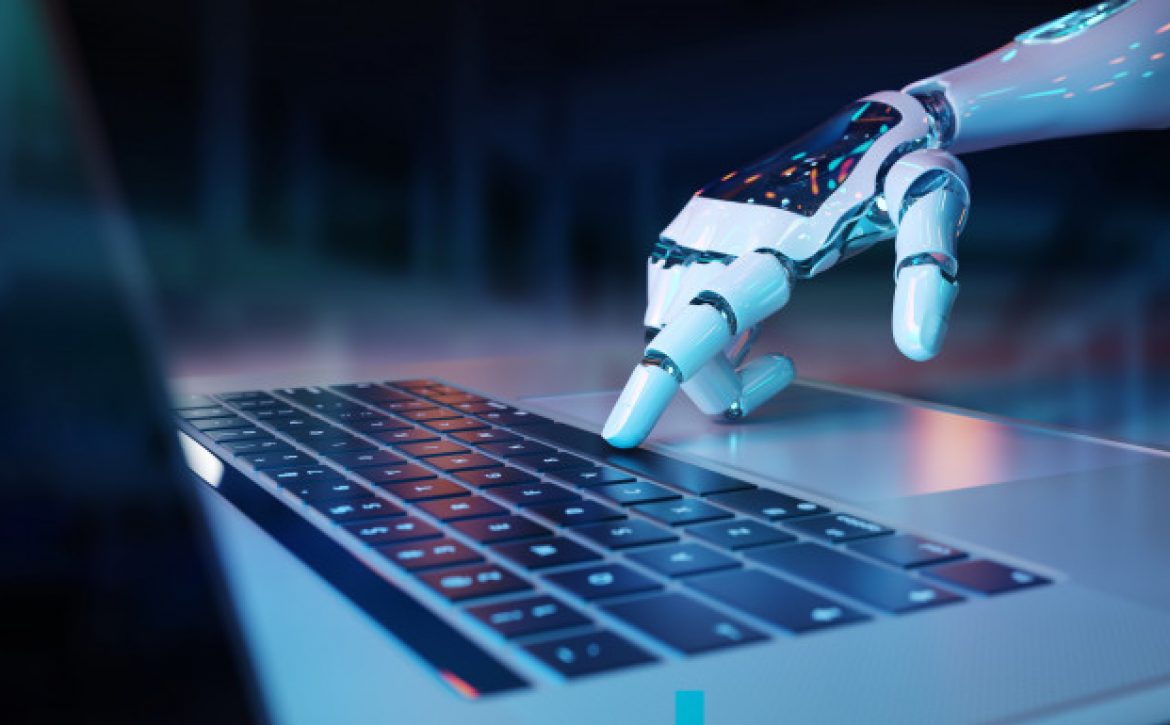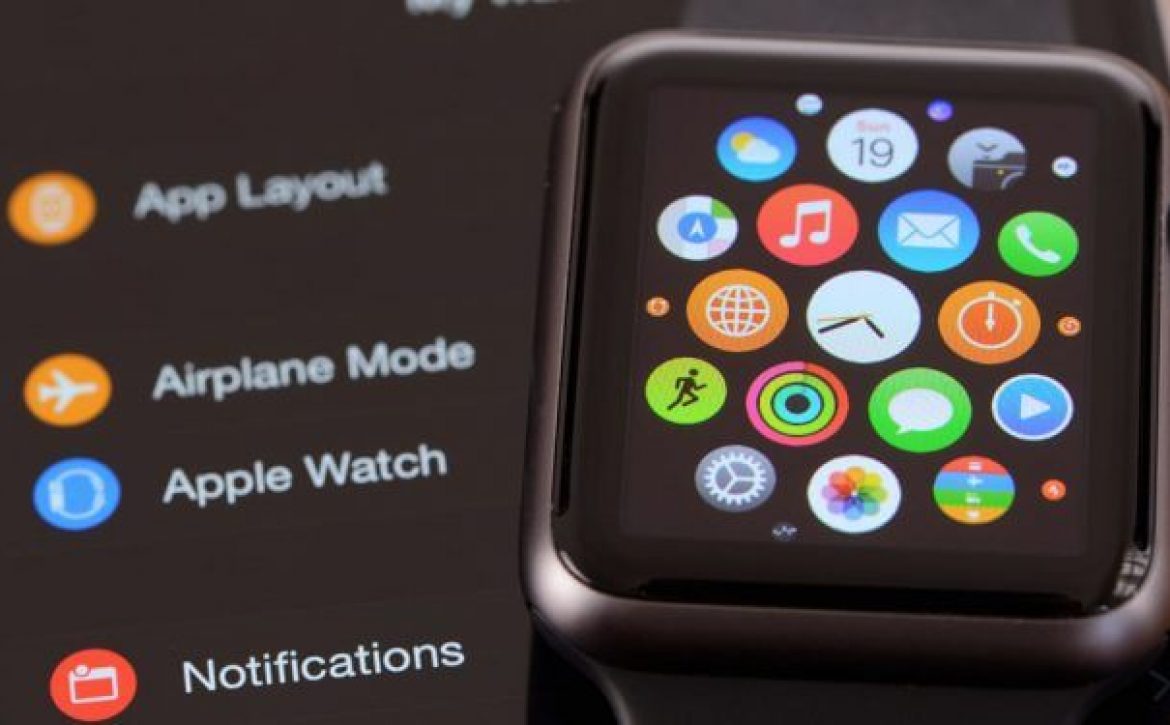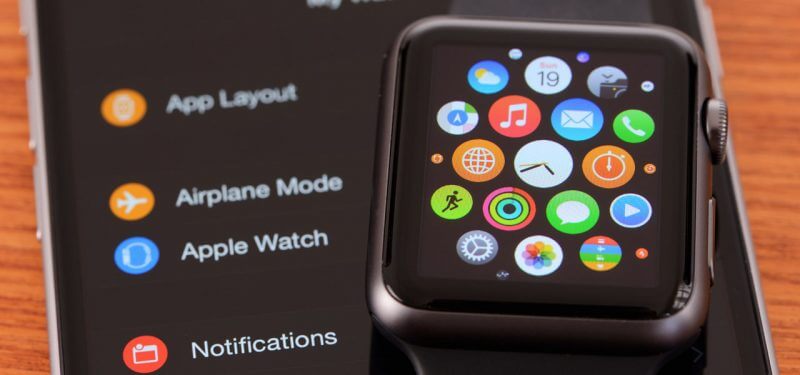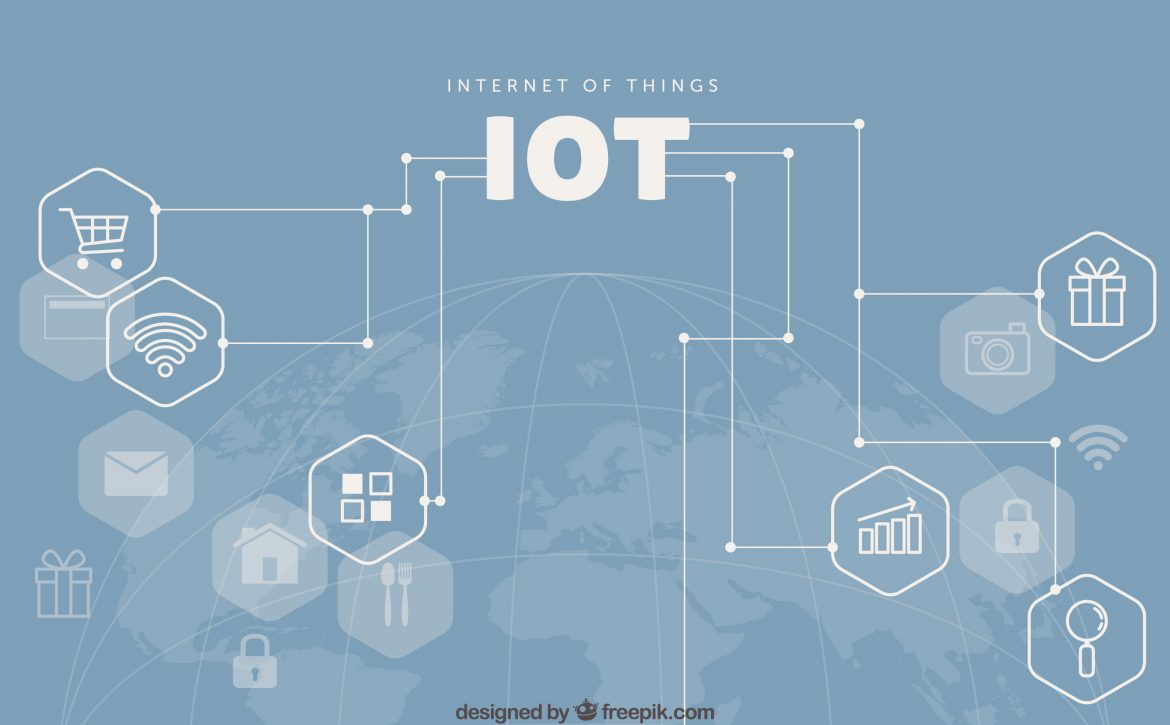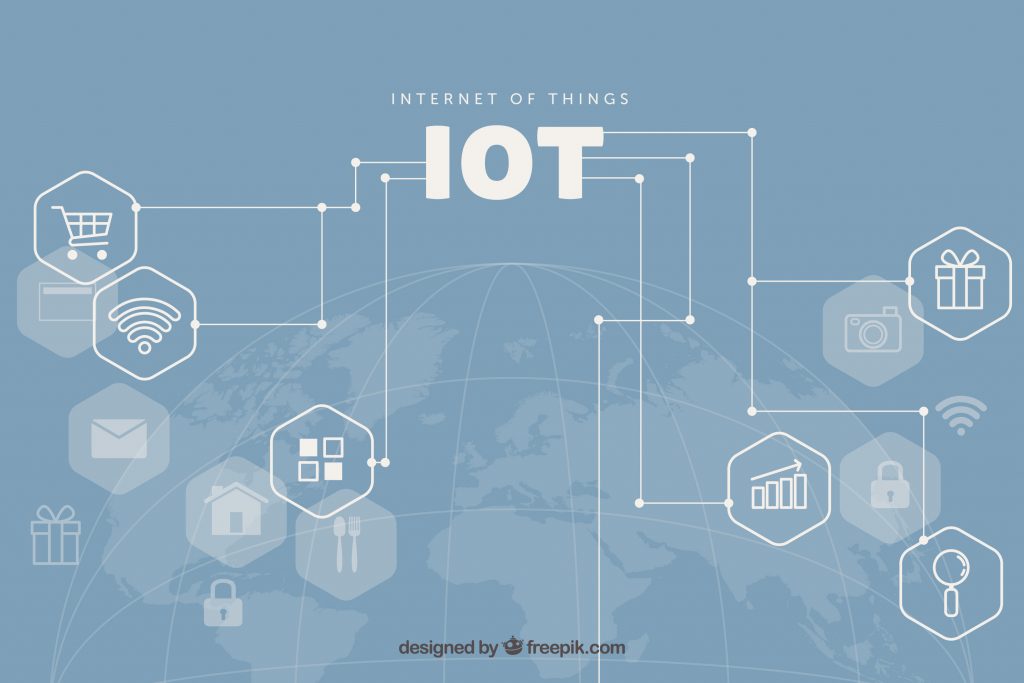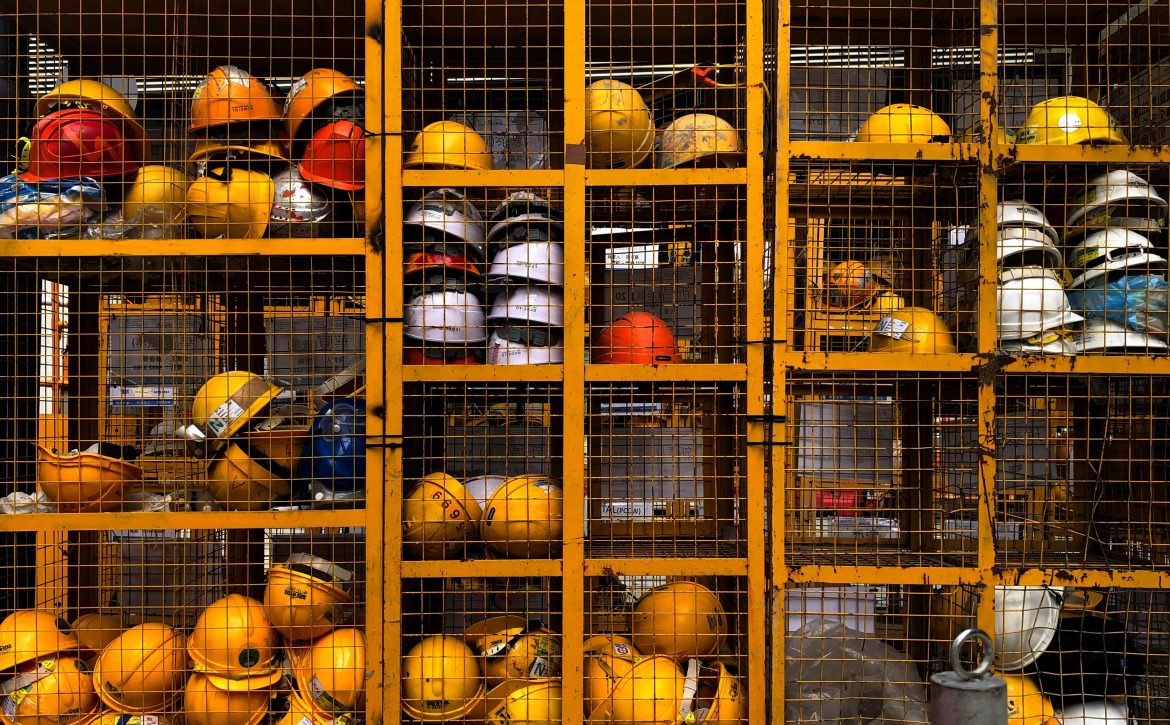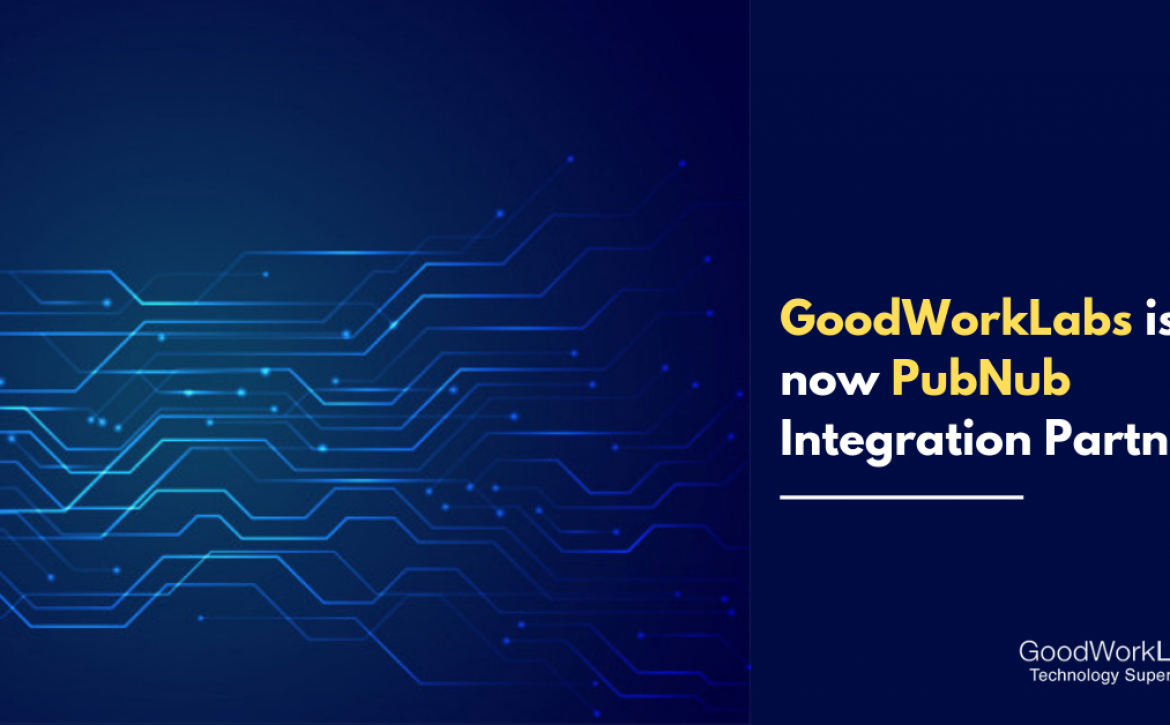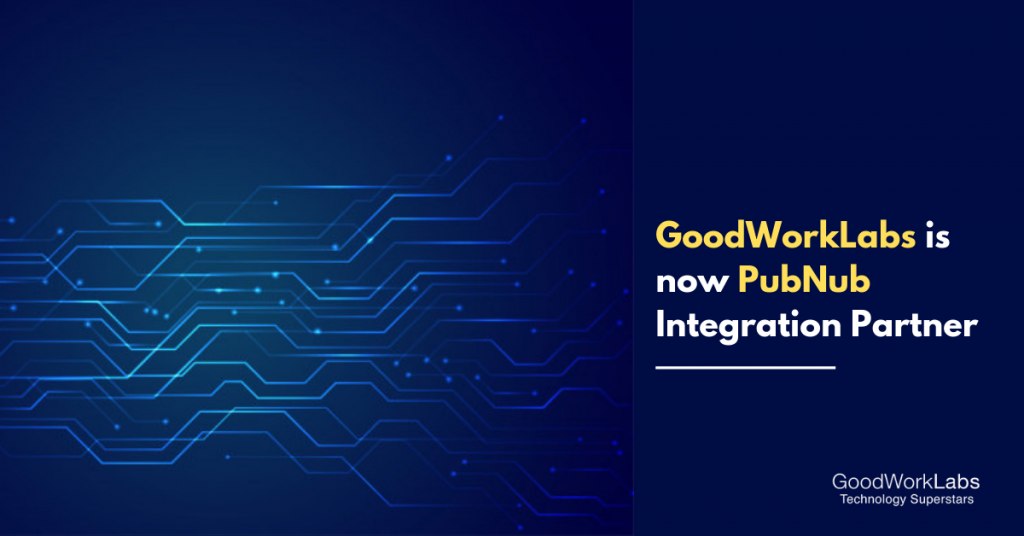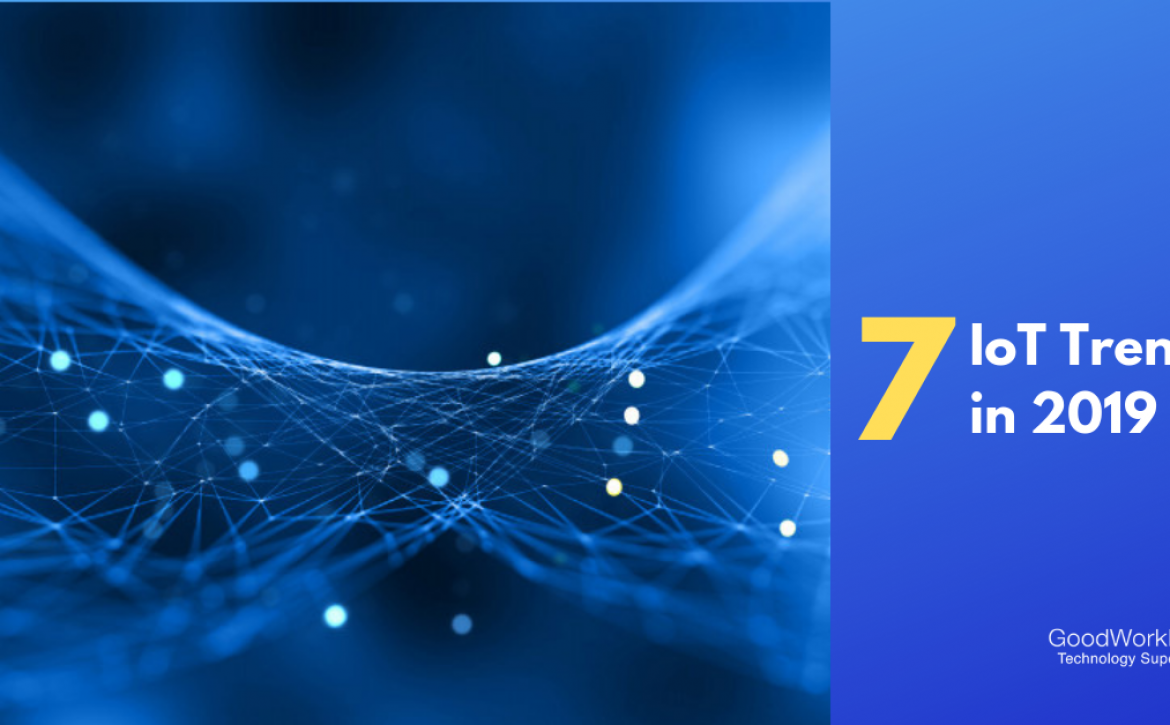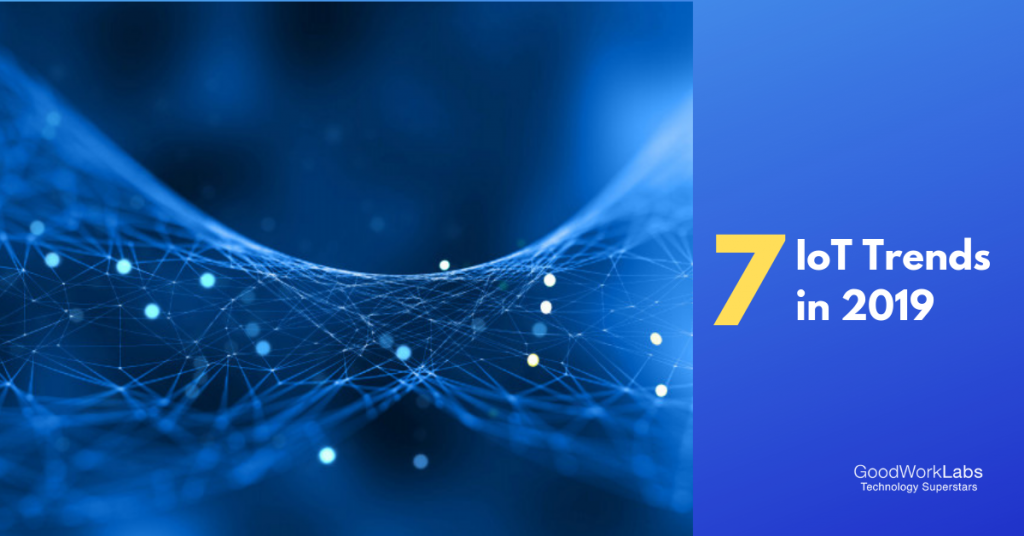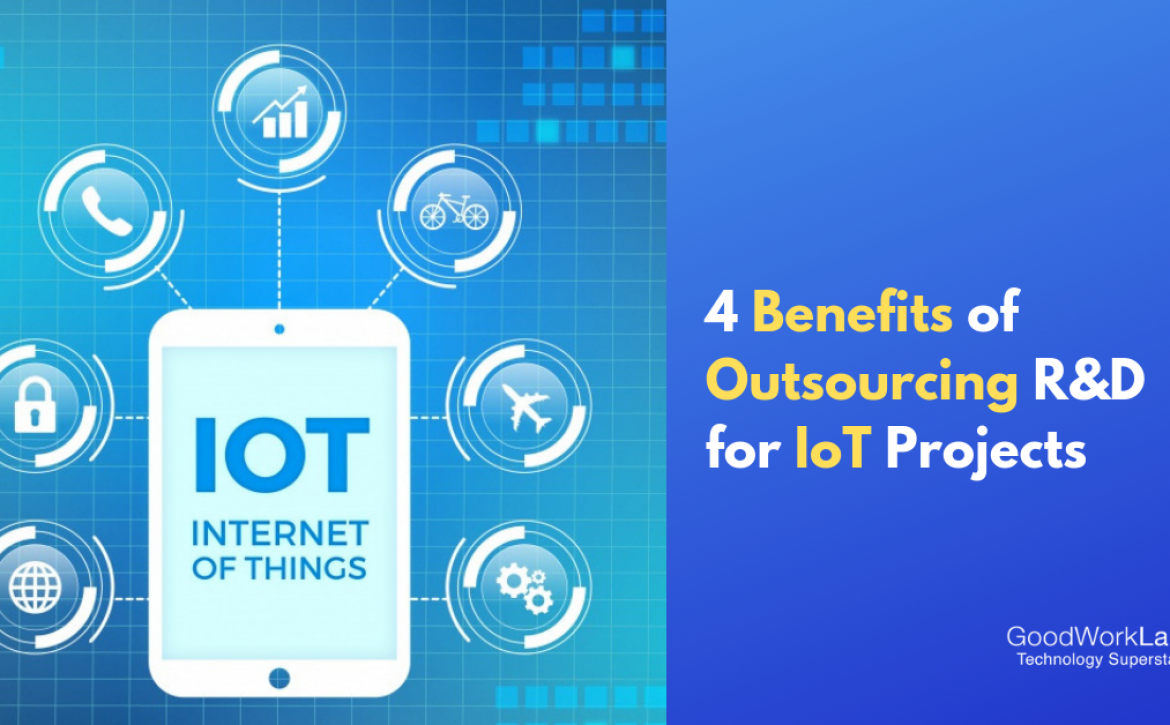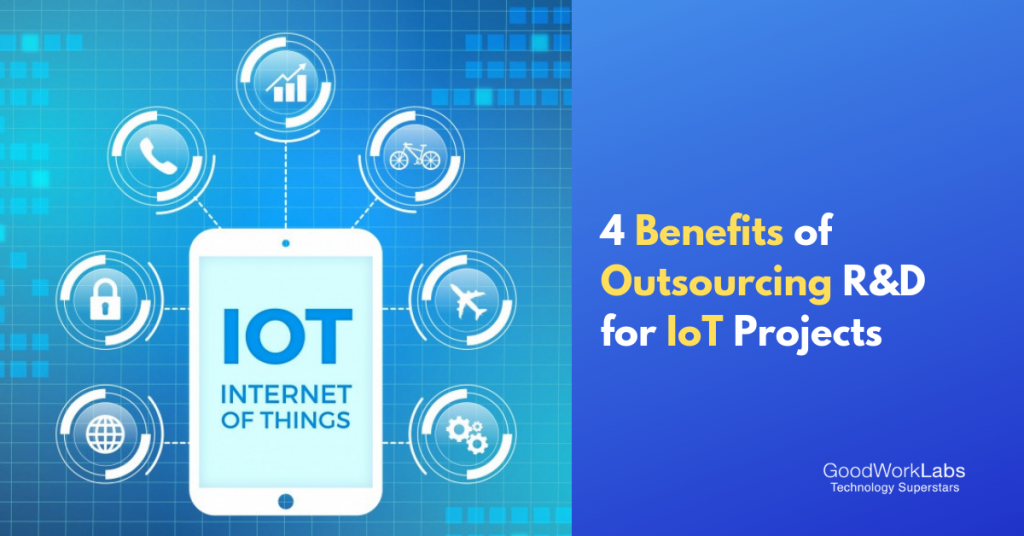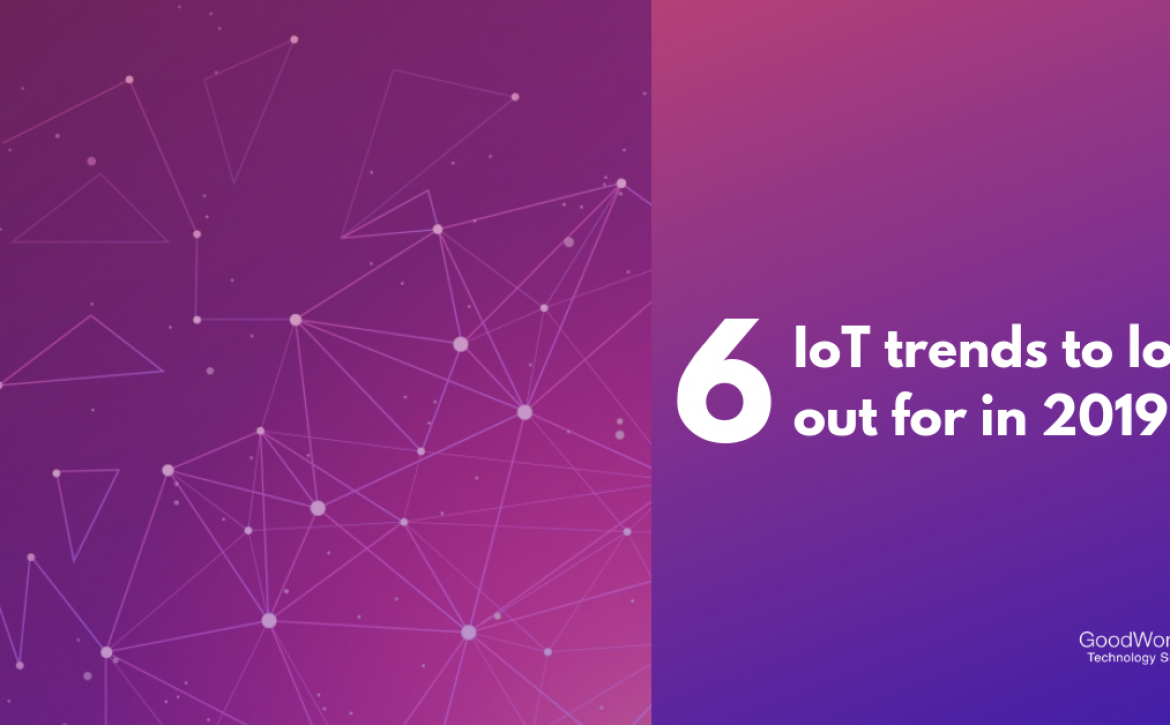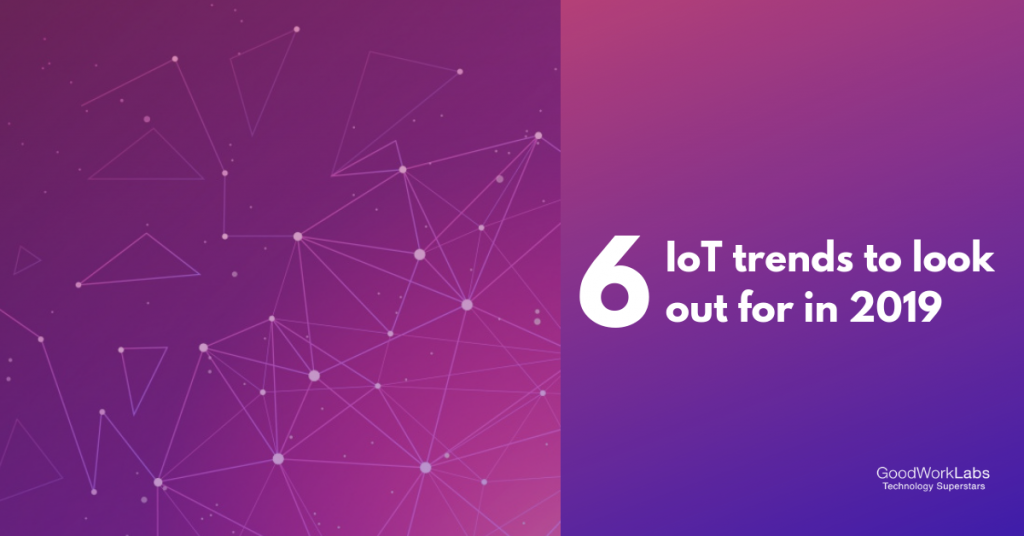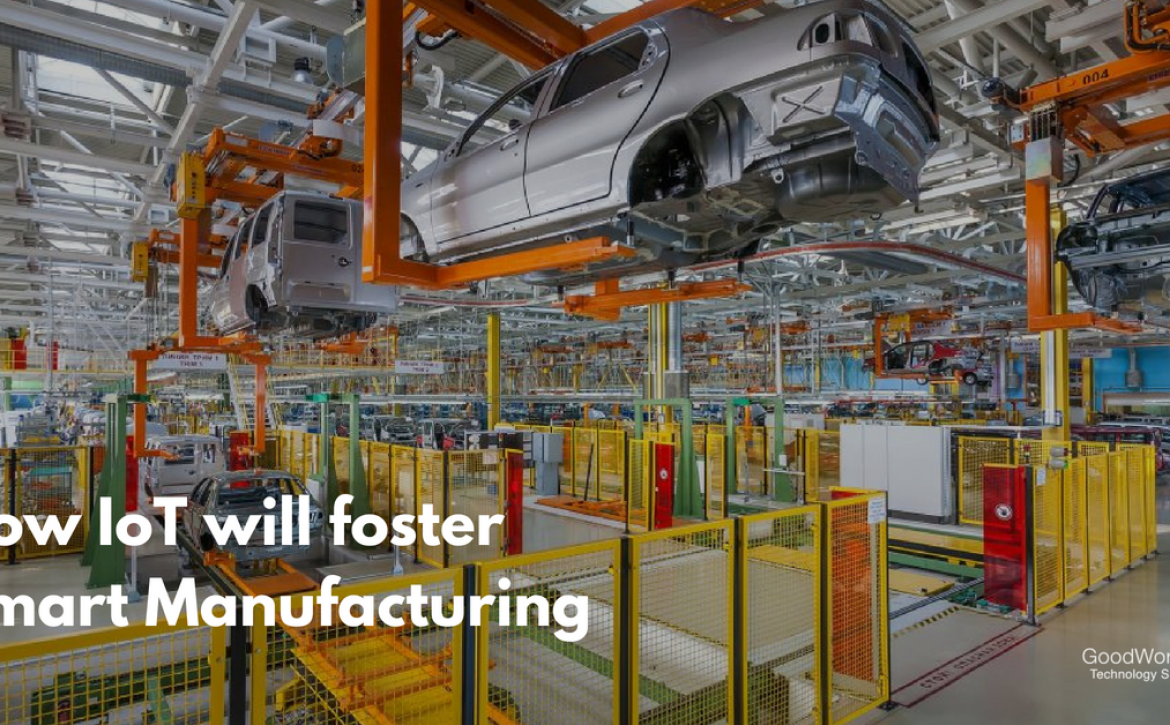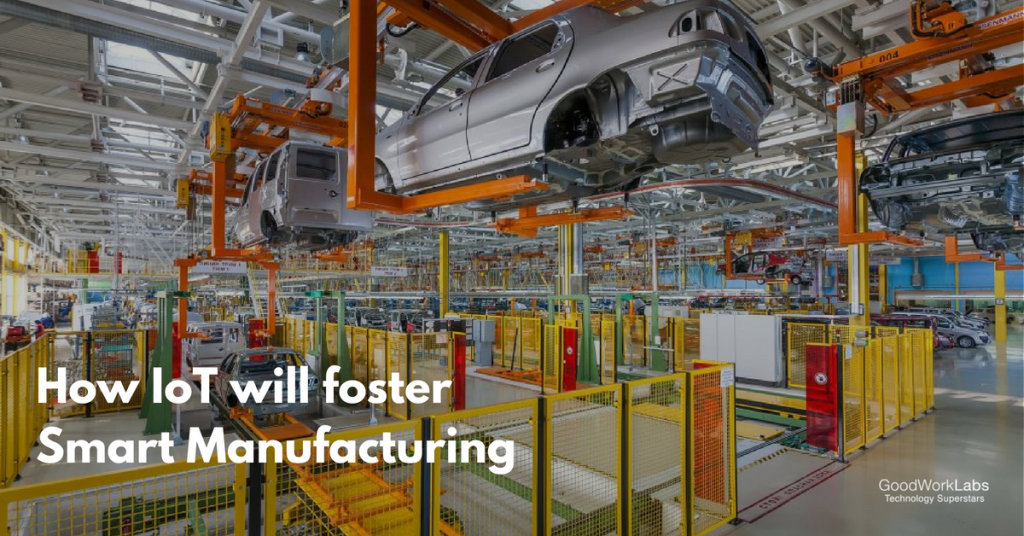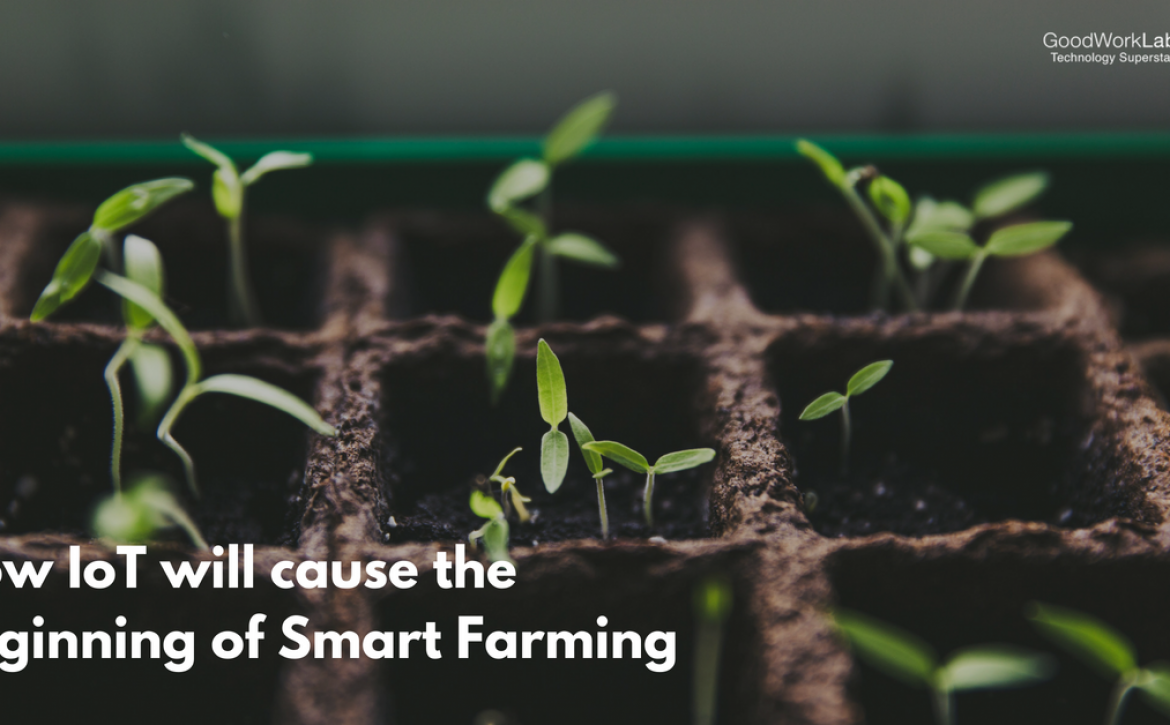How Internet of Things Is Transforming Our Lives?
IoT devices come with the privilege of having things connected to each other and various other benefits; therefore, companies are looking forward to IoT to develop applications. As IoT can help companies build next-gen applications, that is why it is on the rise nowadays.
With the increasing popularity of smartphones, mobile app development is an emerging trend and is bound to stay in the coming future. Mobile apps offer convenience, making it desirable for customers to access different services such as shopping, ordering food, playing games, etc. This emerging demand for apps has driven companies to build compelling mobile applications that will fulfill consumers’ needs. Mobile app development companies and mobile app developers are leveraging the Internet of Things to develop better applications. As the number of connected devices grows every day, technologies such as IoT & AI open up new opportunities for companies. Let’s delve deeper into how IoT applications are making lives easier for us –
- IoT will help in increasing efficiency and productivity
Iot brings automation to many redundant tasks. With IoT applications that use sensors, many routine tasks can be automated and optimized. It also allows analytical monitoring in real-time. Customers also enjoy accessibility. The integration of IoT and mobile app development enables consumers to access any interconnected physical object with just a touch of the button on their smartphones.
- It will simplify day-to-day work
IoT applications provide many advantages to companies, employees, and also households. In companies, it benefits the employees in things such as remote work management, gathering real-time information, increasing productivity levels, etc. IoT applications and devices simplify the lives of employees and increase the employee satisfaction rate.
- IoT will help in data collection for future insights
The IoT devices have sensors in them, with which they can collect a large amount of data in many different areas. The collection of large data helps the company to analyze the trends in the data that can be further utilized to improve the features of the device. Research even suggests the total market value of IoT is set to grow to over $3 trillion annually by 2026.
- It will help emerging businesses
As companies realize the power of IoT, more and more devices are coming into the market. The use of The Internet of Things will benefit the economy in the long run, such as increasing operational efficiency. The arrival of new IoT products in the market will enhance productivity and help solve problems that will affect every person’s well-being worldwide.
- IoT technology will give better quality of life to the world
All technologies and science are developed to benefit humanity and provide a better quality of life, IoT is one of them. It is great to have someone do regular tasks for you to focus more on important ones. The IoT application development service provided by tech companies aims to improve your lifestyle in many ways. For example, wearable devices track the heart rate, body temperature, etc. that help during exercise and even detect any abnormality in the body. This is possible only with IoT applications and the IoT application development companies that make such devices.
Want To Build An Amazing Application by leveraging IoT? Contact GoodWorkLabs
GoodWorkLabs mobile app development team has extensive experience in developing IoT-based mobile applications. We understand your business’s needs and IoT application development services by us will deliver the ideal solution for your business.
So, what are you waiting for? Your chance to get the high-end applications built with the power of IoT technology is here. Get in touch with us today to discuss your idea and integrate IoT into your mobile applications. Explore the limitless benefits of this modern technology and grow your business! Contact us here.


